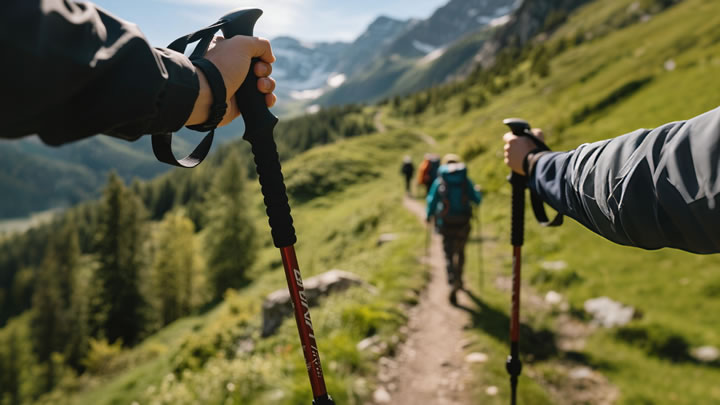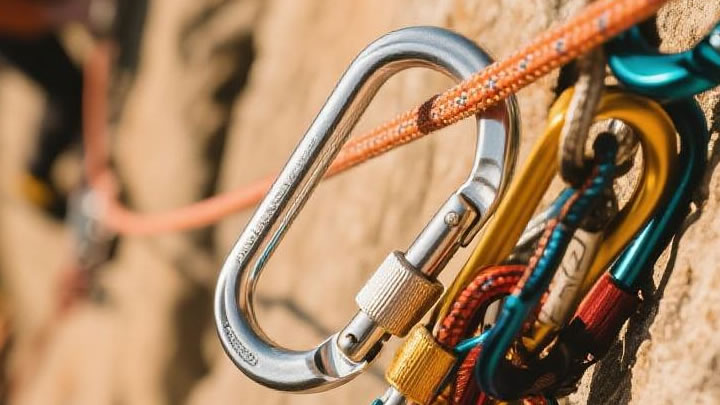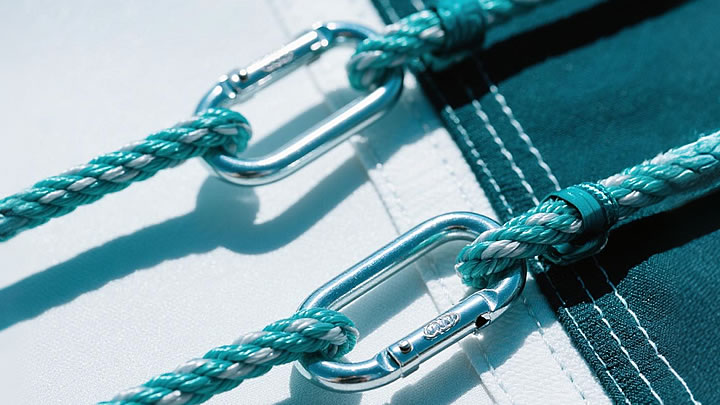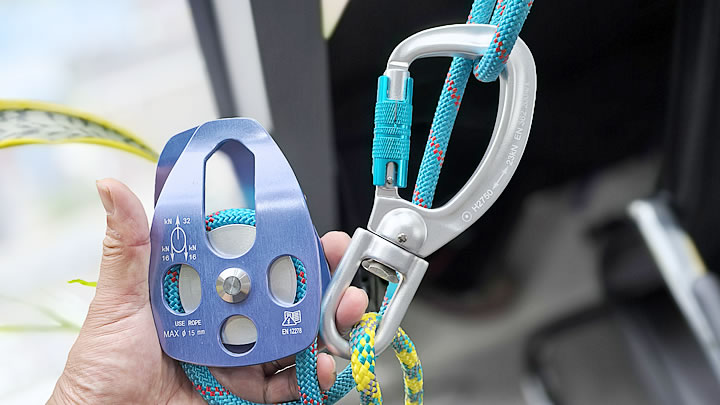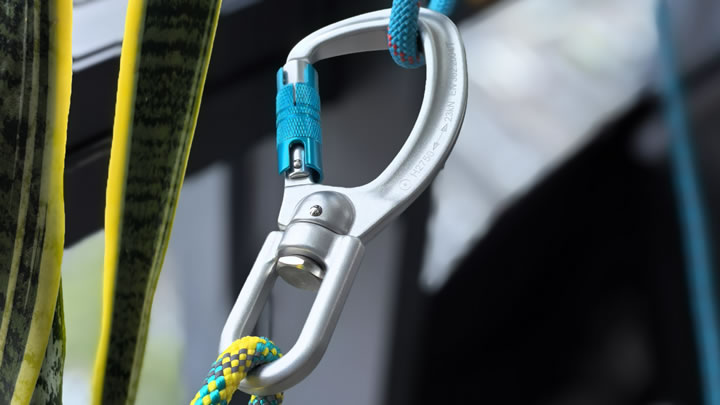Stainless Steel Camping Fire Pit – Grill, Cook, and Warmth in One Portable Design
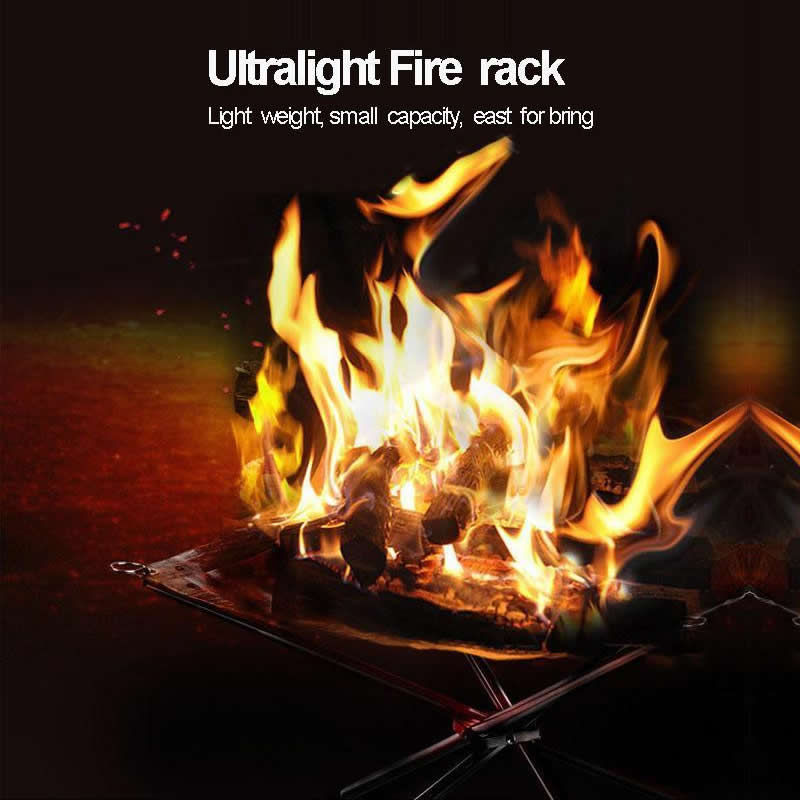
For outdoor enthusiasts, a camping fire grill isn’t just a tool—it’s the heart of the campsite. But what if you could combine warmth, cooking versatility, and portability into a single rugged design? Enter the stainless steel fire pit, a modern solution that redefines campfire experiences. This article dives into why stainless steel fire pits are a must-have for campers, how to choose the best model, and expert tips to maximize functionality on your next adventure.
Why Choose a Stainless Steel Fire Pit for Camping?
1. All-in-One Functionality
A stainless steel camping fire pit eliminates the need for separate gear. It serves three critical purposes:
- Grill: Adjustable grates let you sear steaks, roast veggies, or smoke fish.
- Cook: Use it as a stove for boiling water, simmering soups, or baking campfire bread.
- Warmth: Its open design radiates heat efficiently, keeping your group cozy even in chilly conditions.
2. Durability in Harsh Environments
Stainless steel (especially 304-grade) resists rust, heat warping, and corrosion, making it ideal for:
- Saltwater coastal camping
- High-humidity forests
- Arid desert climates
Unlike iron or cast-iron alternatives, stainless steel won’t degrade after repeated exposure to moisture or ash.
3. Portability & Compact Design
Modern camping fire grills prioritize lightweight portability:
- Foldable legs for easy packing
- Nested components (grates, spark screens) that fit into a carrying bag
- Weight under 15 lbs for backpack-friendly models
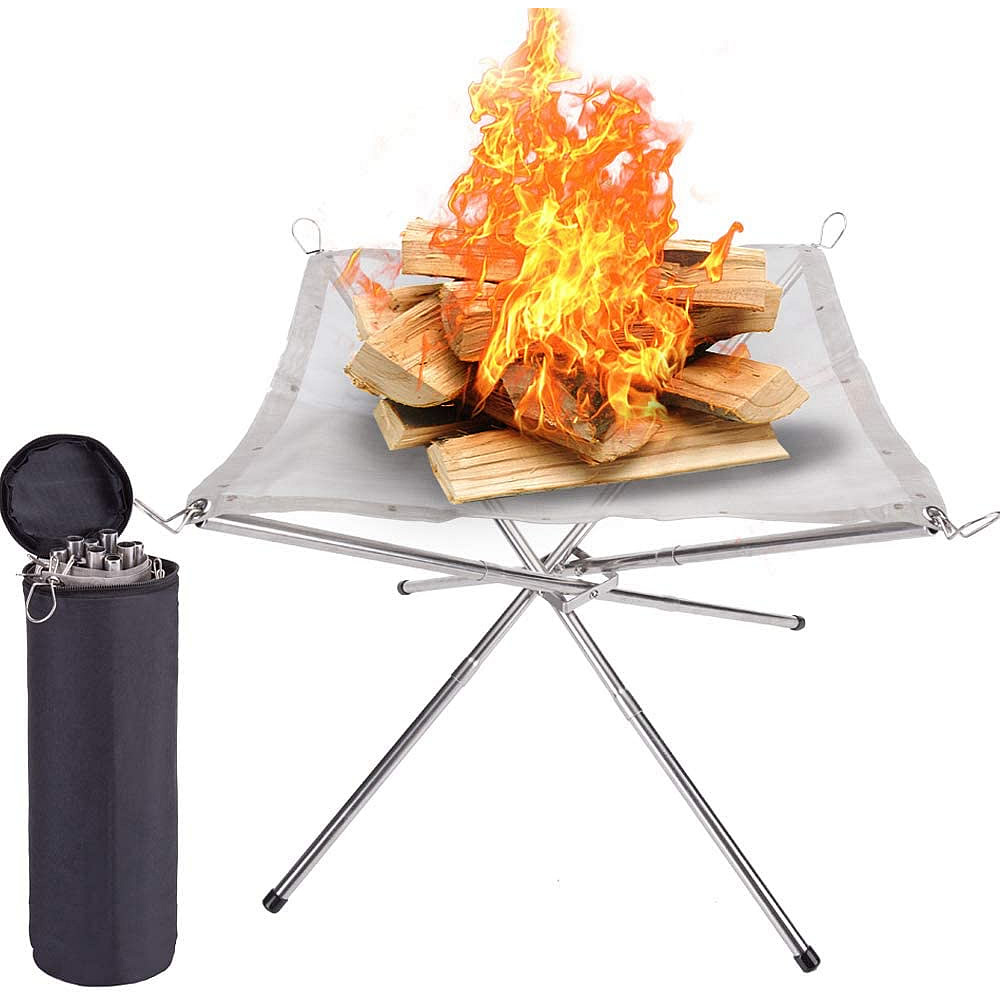
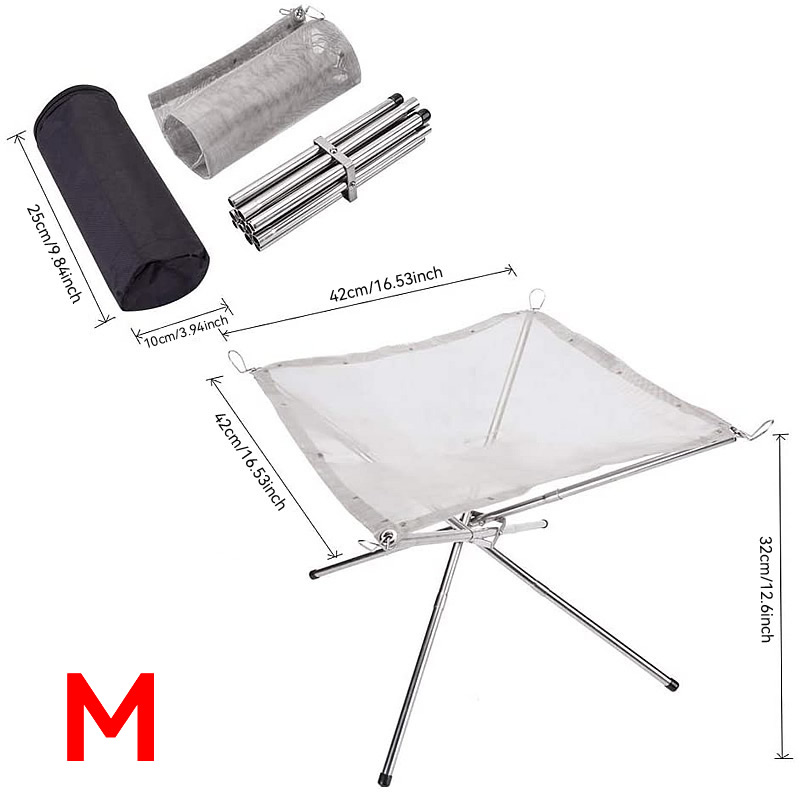

Key Features to Look for in a Camping Fire Pit
1. Multi-Layer Grilling System
Opt for models with adjustable height grates or multi-tier racks. This allows simultaneous cooking (e.g., grilling meat on top while warming sides below). Brands like Solo Stove and Tiki Fire Pit offer modular designs.
2. Spark Arrestor & Safety Screen
A mesh screen (with ≤½” gaps) prevents embers from escaping, complying with wildfire safety regulations in parks like Yosemite or Yellowstone.
3. Airflow Optimization
Look for ventilated bases or dual-wall combustion systems (e.g., Solo Stove’s tech) to reduce smoke and maximize fuel efficiency.
4. Easy Cleanup
- Removable ash tray: Simplify post-camp cleanup.
- Non-stick grill grates: Wipe off food residue effortlessly.

How to Cook Like a Pro on a Campfire Grill
Grilling
- Direct heat: Sear meats over flames using hardwood charcoal or kiln-dried logs.
- Indirect heat: Move coals to one side for slow-cooking ribs or veggies.
Dutch Oven Cooking
Place a cast-iron Dutch oven on the grill grate to bake desserts or stews.
Pit Roasting
Skewer marshmallows or hot dogs using the fire pit’s edges as a holder.


Why Stainless Steel Outperforms Traditional Fire Pits
- No Seasoning Required: Unlike cast iron, stainless steel resists sticking and rust without oiling.
- Faster Setup: Lightweight designs assemble in minutes.
- Eco-Friendly: Reusable and recyclable, reducing waste compared to disposable grills.


Conclusion: Elevate Your Camping Experience
A stainless steel fire pit is more than a campfire—it’s a portable kitchen, heater, and social hub rolled into one. By prioritizing durability, multi-functional design, and ease of transport, you’ll enhance every camping trip, whether you’re grilling fresh trout by a mountain lake or sharing stories under the stars.
Pro Tip: Pair your fire pit with a heat-resistant grill glove and a compact fire poker for ultimate control over flames and food!


